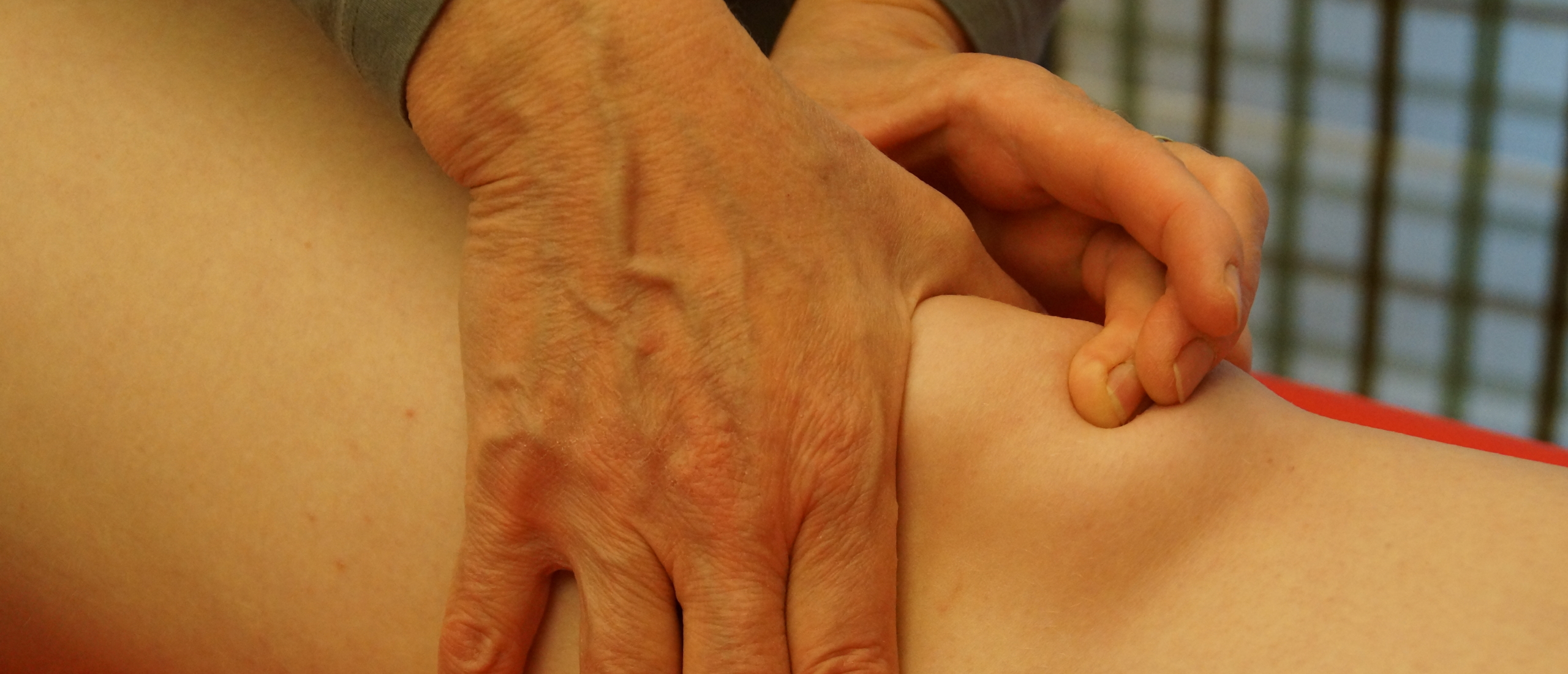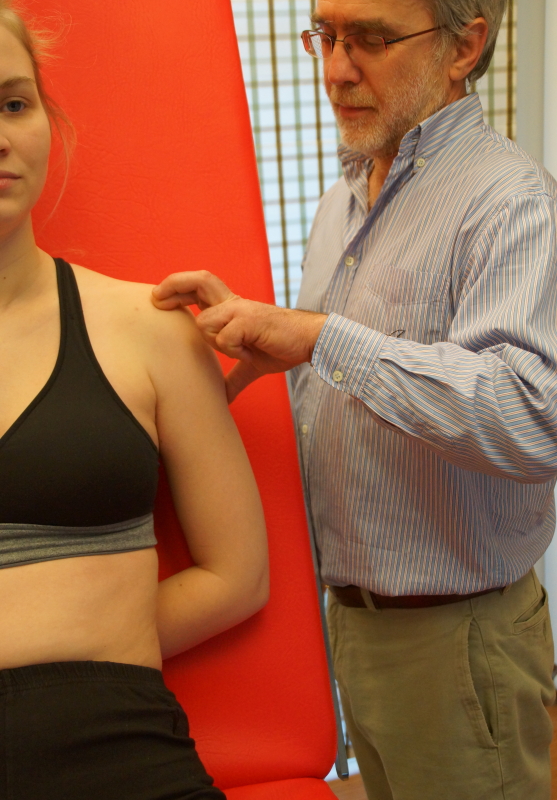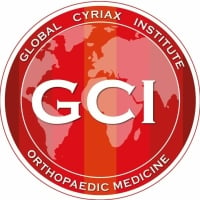
What's the point of transverse friction massage?
Deep transverse friction massage : boring, hard work and useless?
Deep transverse friction massage is NOT a stand alone treatment concept, but is an efficient part of a more overall loading strategy for muscular, tendinous and ligamentous lesions. Many colleagues around the world perform some kind of transverse friction massage techniques (TFM), but...many of them unfortunately also do it in a wrong way, not respecting the specific practical details nor the correct indication. Please take into account following considerations.
Science and practical implications
According to a study performed in France (see free downloads) , among colleagues who perform transverse friction massage techniques, apparantly in 80% of the cases multiple mistakes are described :
- wrong indication / wrong diagnosis
- wrong localisation
- wrong position of the patient and/or the therapist
- too hard
- not enough time
- ...
Also, multiple similar mistakes are observed in so-called "scientific" publications. In several books and papers certain techniques are illustrated in a completely wrong way. Supraspinatus, Quadriceps and tennis elbow are popular examples. In such cases it becomes of course quite difficult to draw solid conclusions.
 Transverse friction massage supraspinatus tenoperiosteal
Transverse friction massage supraspinatus tenoperiosteal
What’s the good news ?
Fortunately, there is also good news. Some studies have a better intrinsic quality : there are some specific case studies as well as studies on the physiological effect of TFM (see references).
Deep transverse friction massage does have a certain effect on soft tissue, as well in the inflammation phase, the repair or the remodelling phase. Structural changes can be achieved and are described in literature.
But of course, it is a "boring" and time consuming manual treatment technique, therefore respecting the practical technical details is quite important to perform those techniques in a most optimal and comfortable way, for the patient as well for the therapist.
Just deep transverse friction massage ?
What is our main purpose :
- to maintain normal connective tissue mobility
- to get better alignment of fibres and tensile strength
To the point transverse friction massage is a perfect tool to achieve those goals, but...of course movement is imperative, therefore incorporating also longitudinal stress and different loading exercises is also necessary (perhaps it is better to avoid longitudinal stress in the first two weeks of an acute muscular, tendinous and ligamentous lesion).
